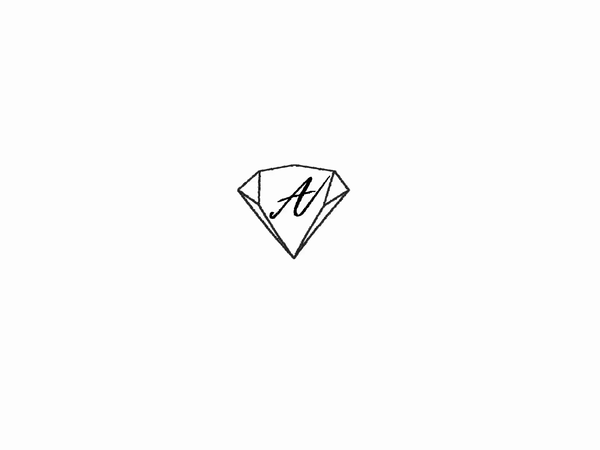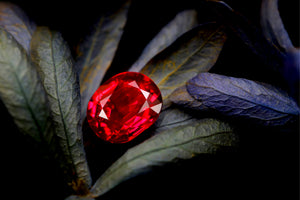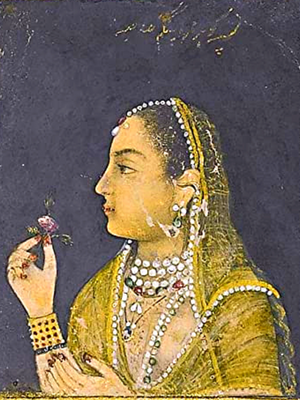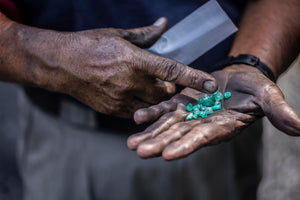While a brief period of history, its impact on jewelry design, along with architecture, film, and culture, was resounding and long lasting. Beginning towards the final phases of World War 1, this era of jewelry design was borne out of artistic expression – a response to the violence and trauma of the times. This also was the end of naming the eras after monarchs, as this period was built during a united, post-World War I Europe.
Art Deco in Jewelry (1917-1940)
Europe to America
This was a time of impressive growth in the modern world, with the benefits of the industrial revolution and the “Roaring 20’s” taking form, as well as the United States of America stepping into the spotlight as a global power.
The Design Language
Geometric and symmetrical design were the theme at the time, as was the use of 18K white gold and platinum – yellow gold was seldom used.
As the designs were intricate and colorful, every type of gemstone was used, even incorporating fine rubies, sapphires and emeralds, which were infrequently used in jewelry beforehand.
Quality was also of the utmost importance– whereas in previous eras jewels may be alloyed with cheaper metals, the Art Deco Era followed its Edwardian Heritage by manufacturing almost exclusively with 18K gold and platinum.
White Diamonds of high color and clarities were ubiquitous in jewelry crafting, as were symmetrical and intricate designs clad with fine gems.
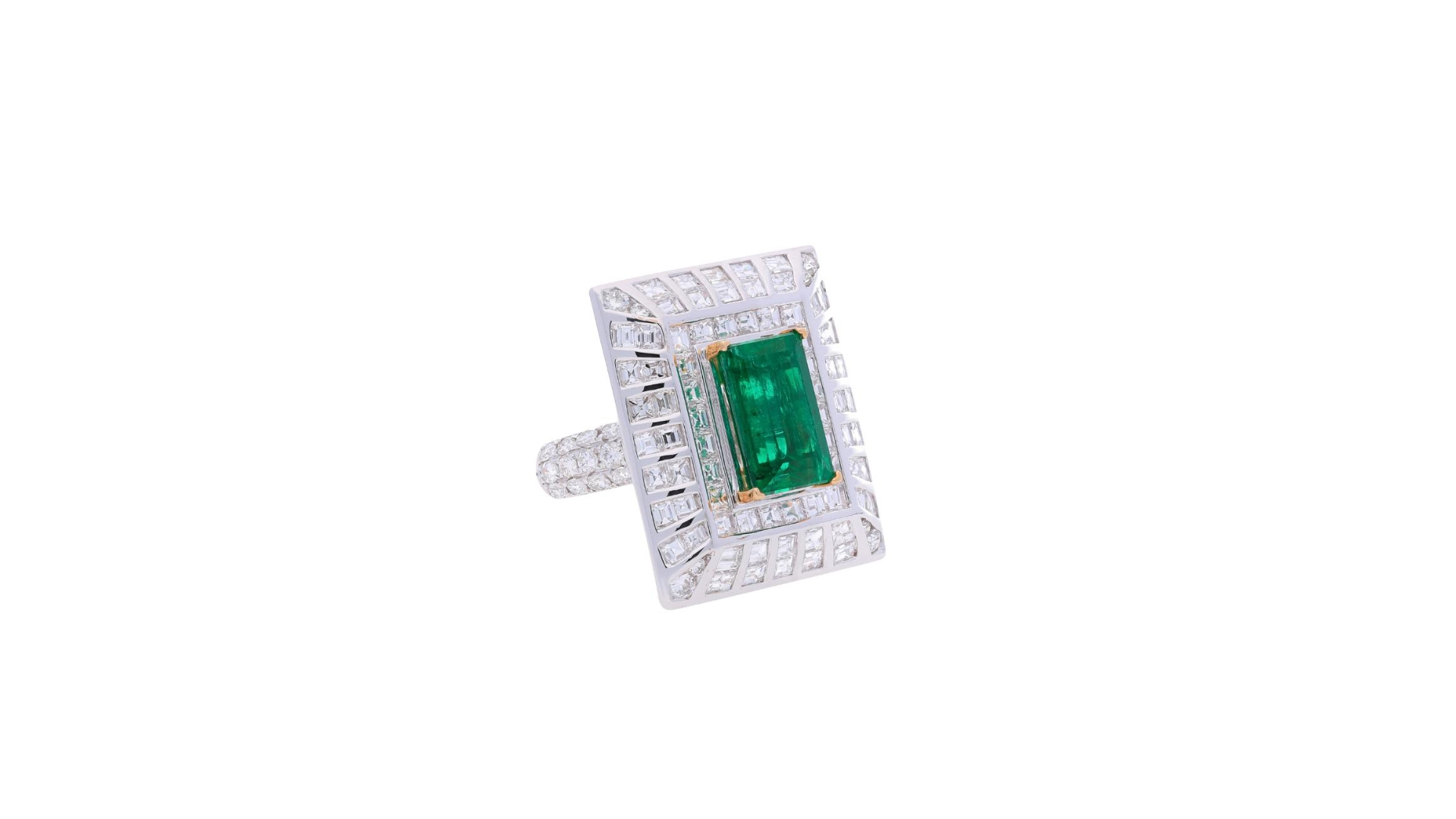
Rich in history and culture, Art Deco is the ultimate era of antique jewelry, with Art Deco jewels commanding the most attention from collectors and connoisseurs.
